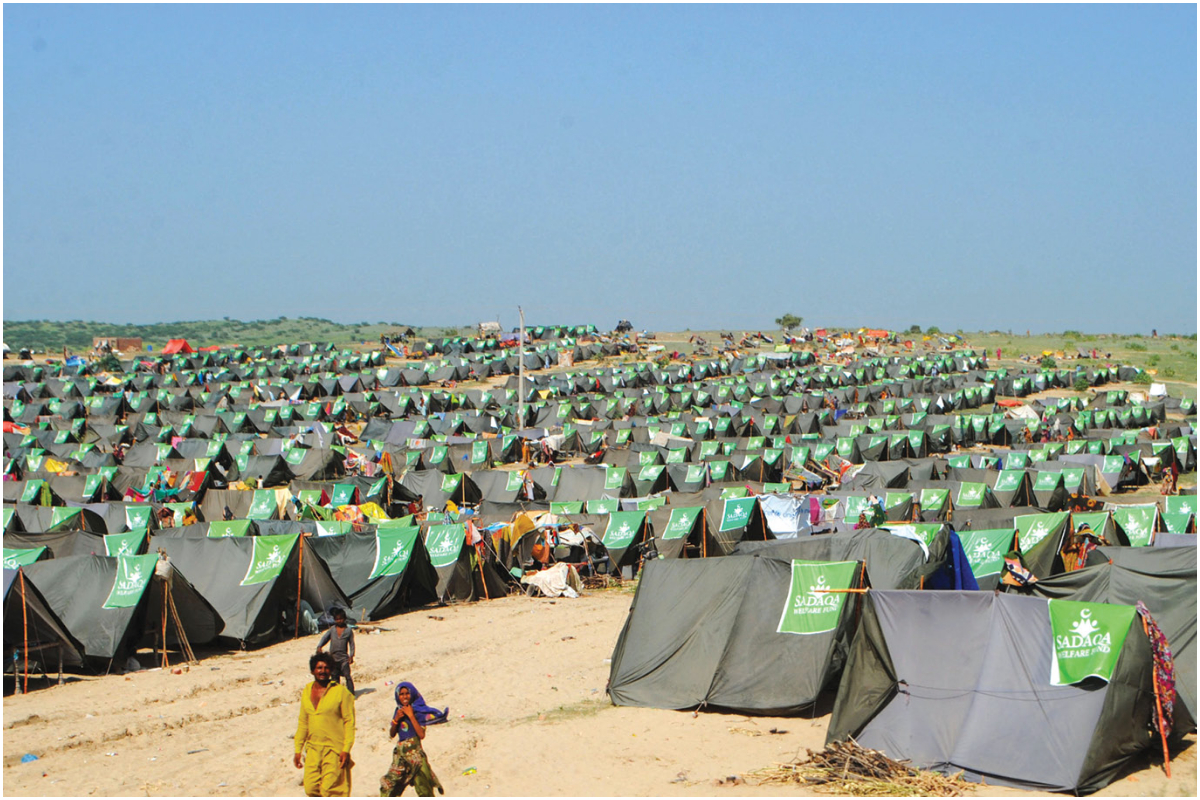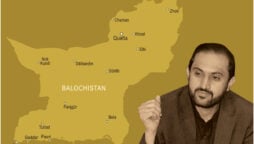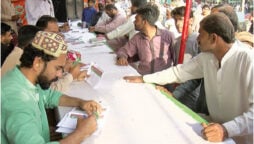
An Ambitious Plan
Sindh government has negotiated with World Bank to rebuild two million flood-hit houses in two to three years
KARACHI: The government of Sindh is planning to embark on an ambitious project of rebuilding two million houses destroyed during the recent rains-floods disaster, Bol News has learnt. If completed, this will be the largest rebuilding/rehabilitation project in the history of Pakistan, and possibly in the world.
The cost of the project is estimated at Rs 160 billion, of which over Rs 112 billion (US $ 500) will be funded by the World Bank (WB) while the rest will be borne by the Sindh government. Officials said that all procedural requirements have been completed and the bank will issue the grant at a high-level meeting scheduled in Washington on 17 December.
Meanwhile, the Sindh cabinet has already approved an allocation of Rs 50 billion for the project, which is expected to be completed in two years. However, the completion time may possibly stretch to three years, and the total cost may run up to around Rs 300 billion, officials said.
In anticipation of this, the government is making efforts to mobilise other donors and philanthropists so as to ensure that funding of the project continues through the extended phase and the displaced population is satisfactorily rehabilitated.
Officials who spoke to Bol News on condition of anonymity said that an initial survey carried out to assess the damage caused by this year’s rains and floods has found that over 600,000 houses have been completely destroyed while some 1.4 million have suffered partial damages.
Now a data validation exercise will be launched after mid-December to ascertain findings of the survey. Once that is done, the rebuilding process will begin, officials said.
Ownership rights
One important aspect of the project is to register each house up for rebuilding in the name of the owner of that house. It may be mentioned here that large tracts of land in Sindh province, as in southern Punjab and parts of northern Balochistan, are owned by big landowners and people living on those lands are mostly their tenant workers, having no property rights.
The move is part of the government’s plan to ensure that no misuse of relief funds takes place. As per the plan, the government will pay Rs 300,000 to the owner of a fully damaged house, and Rs 50,000 to that of a house having suffered partial damage. These amounts will be paid in several instalments, and through banking channels.
“We are working on giving property rights to two million people, and even if we succeed in achieving half of that target, we will have laid the grounds for a positive step forward in our social evolution,” one official source commented.
The quality of construction is another aspect which the Sindh officials, especially Chairman of the ruling Pakistan Peoples’ Party (PPP), Bilawal Bhutto Zardari, have been stressing on. Whatever structures are built, they must be resilient in keeping with modern standards, the official said, quoting Bilawal.
As things stand, most rural folks live in ill-designed sprawling houses built with unbaked bricks, their rooftops covered with bricks laid on mats of straw. As per the current data, 80 percent of the houses that collapsed during the floods were built with unbaked bricks, while 20 percent were built with baked bricks. In both cases, however, foundations were found to be faulty and unstable.
In order to ensure stable construction, one official said that the government has hired “a famous civil engineering firm” to implement this vast reconstruction project on its behalf. He declined to name that firm.
Additionally, the government has shortlisted six non-governmental organisations (NGOs) as implementation partners (IPs) to help perform two tasks. First, they will help complete documentation required to transfer damaged houses in the name of their residents, such as by helping them obtain their basic identity documents which most rural folks don’t have, and opening their bank accounts. Second, their technical experts will conduct evaluation of the construction work to ensure that latest engineering parameters are followed.
Quality checks
The listed NGOs were chosen by the Sindh government in consultation with the World Bank, officials said, adding that after the initial survey, the government shared house designs/models with those NGOs as well as the relevant departments and institutes of engineering and architecture for their feedback. The government has since received responses from those bodies and will develop guidelines on the basis of those suggestions, they said.
These arrangements are made to skip the need to hire government contractors, a system rife with corruption, kickbacks and subsequent compromises on quality and professionalism, a member of Sindh cabinet said, requesting anonymity. As mentioned above, payments for rebuilding will be made directly to house owners via banking channels, which they will then pay to the assigned rebuilding firm.
According to a schedule of payments worked out for the IPs, each IP will be paid a sum of Rs 12,000 per a fully damaged house for site visit, supervision and evaluation of construction material and design, as well as ‘social mobilisation’, or helping the victims get a national ID if she/he doesn’t have one already, and open a bank account to ensure transparent monetary transactions. The IPs will not get any fees for inspecting partially damaged houses, however.
According to officials, under the arrangements being made at the moment, 150 teams of the IPs will work in the field and submit a daily performance report.
Observers say that the rebuilding of two million floods-hit houses over the next two to three years will not only set an unprecedented example of human rehabilitation, it will also bolster economy of rural Sindh by generating work for at least 10 million construction workers.
And it could create a trigger for the rehabilitation/improvement of the rest of the urban shanty towns across the province, commented one official. He said that using the experience and guidelines established under this project, the government could develop the capacity to build/improve 200,000 houses of urban slums every year.
Meanwhile, another equally profitable project in the works right now relates to the World Bank funded solarization of 200,000 houses in Sindh, officials have confirmed. The project has been awarded to the same group of companies involved in the current proposal, they said.
Catch all the National Nerve News, Breaking News Event and Latest News Updates on The BOL News
Download The BOL News App to get the Daily News Update & Live News.












 Read the complete story text.
Read the complete story text. Listen to audio of the story.
Listen to audio of the story.